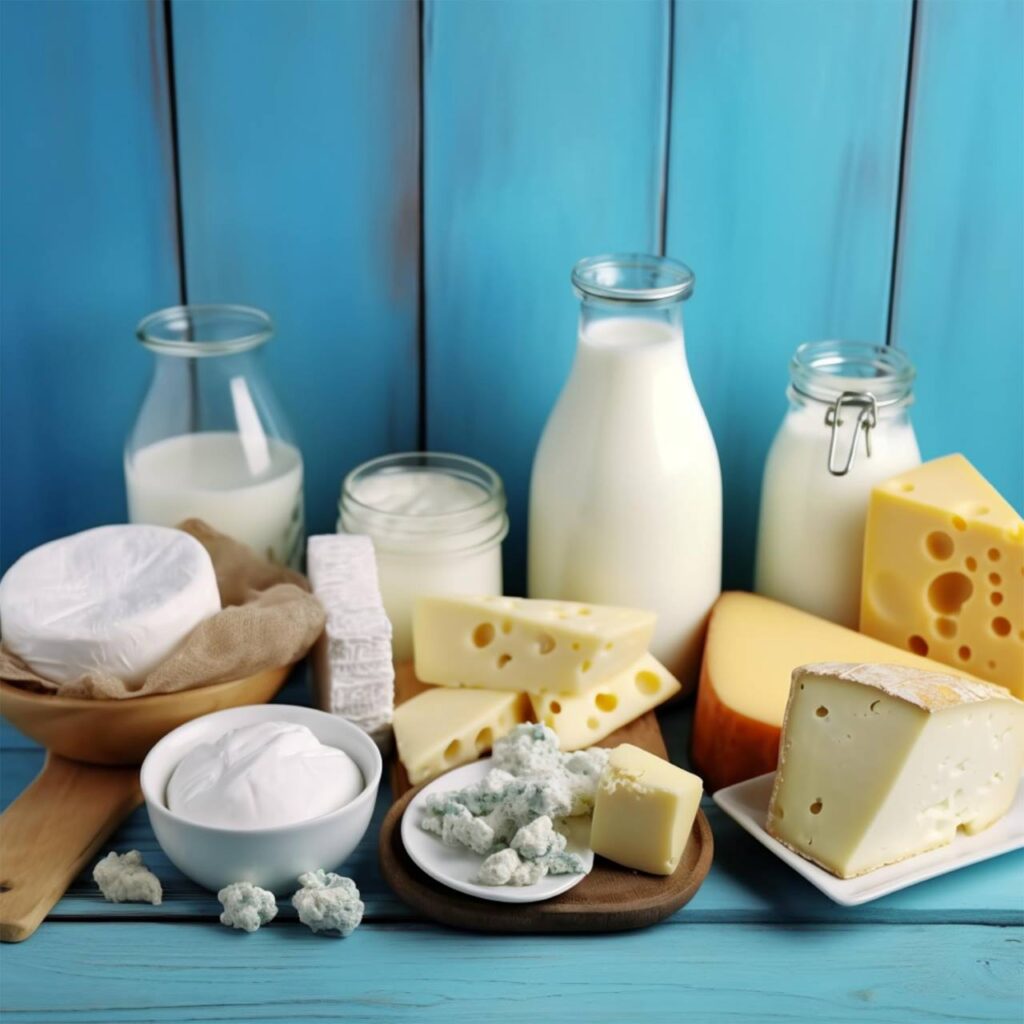The dairy industry is one of the most important and diversified sectors in the food industry, providing a variety of products ranging from fresh milk to the most advanced derivatives such as cheese, yogurt, and others.
In addition, each of these derivatives has its own nutritional and sensory properties.
Dairy products can be classified into three main categories:
- Fresh Dairy: They are dairy products that have not undergone any manufacturing process. These include milk, cream, butter and yogurt.
- Fermented milk: It is they who have undergone the fermentation process. These include cottage cheese, kefir and kumis.
- Processed dairy: They are those that have undergone a manufacturing process to increase their useful life or to improve their flavour. They include condensed milk, evaporated milk and powdered milk.
Types of milk and their characteristics
- pure milk: It is one that has not undergone any fat removal surgery. It contains about 3.5% fat, and is an excellent source of calcium, vitamin D, and other essential nutrients.
- skimmed milkIt is the one from which fat has been removed through centrifugation processes. It usually contains less than 0.5% fat.
- Semi-skimmed milk: It has an average percentage of fat between whole milk and skimmed milk, usually around 1.5%. It is a good choice for those looking to reduce their fat intake without sacrificing flavour.
- Fermented milk: It is fermented by lactic bacteria that convert lactose into lactic acid. This gives rise to products such as yogurt and kefir, with probiotic properties beneficial to digestive health.

Dairy products and their manufacturing process
Dairy can be processed to obtain various derivatives, such as:
cheese
It is obtained from the coagulation of milk, and this process begins with adding rennet and lactic acid to milk, which leads to the formation of a solid mass that is cut, heated and pressed to obtain cheese.
Ripe cheese:
They are those that have undergone an aging process, which allows for the development of more complex flavors and textures. Ripening takes place under controlled conditions of temperature and humidity, and can last from weeks to several years, depending on the type of cheese.
yogurt
It is obtained by fermenting milk with specific bacteria (Lactobacillus bulgaricus and Streptococcus thermophilus). The fermentation process converts lactose into lactic acid, which gives yogurt its distinctive sour taste.
ghee
It is made from milk cream that is whipped until it separates into a solid phase (butter) and a liquid phase (whey). The resulting butter is kneaded and washed to remove whey residue.
generous
It is the product resulting from the separation of fat from milk. Their fat content varies according to the type of cream, from 10% in light cream to 40% or more in heavy cream.
Be sure to see: Milk and dairy products, do you know the differences between them?
Find the best suppliers of dairy products, ingredients and additives at THE FOOD TECH® | Summit and exhibition

“Beeraholic. Friend of animals everywhere. Evil web scholar. Zombie maven.”
